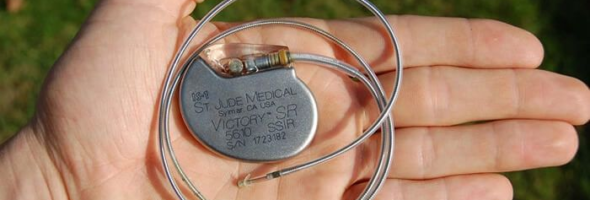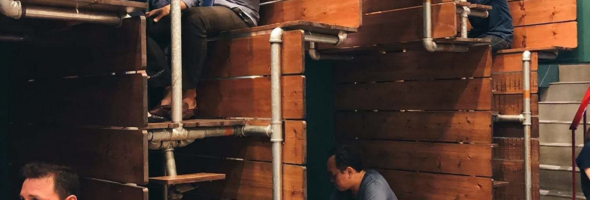As time goes by, it becomes more difficult to find ways to survive. However, the reverse mortgage has become the best solution to get enough funds to live comfortably. With this type of loan, seniors can increase their income and continue to use the equity they have accumulated in their houses. Here we will prove to you why this is the best option for the elderly, who need an additional cash flow to face different expenses and improve their quality of life.
Read MoreWhat is a Reverse Mortgage for Seniors?
At its core, a reverse mortgage is a financial tool designed specifically for senior homeowners who are looking to tap into the equity they’ve built in their homes over the years. Unlike traditional mortgages where homeowners make monthly payments to the lender, in a reverse mortgage, the lender makes payments to the homeowner. This innovative approach allows seniors to convert a portion of their home equity into cash without having to sell their property or relocate.
The key feature that sets reverse mortgages apart is that they are typically available to homeowners aged 62 and older. The amount borrowed through a reverse mortgage is determined by factors such as the value of the home, the borrower’s age, the current interest rates, and the specific program chosen.
Benefits of a Reverse Mortgage for Seniors
The allure of reverse mortgages lies in the host of benefits they offer to seniors seeking financial security and independence. Here are some key advantages:
Supplement Retirement Income: For many seniors, retirement might bring a reduction in regular income. A reverse mortgage can bridge this gap by providing a steady stream of funds, giving them the freedom to enjoy their golden years without financial constraints.
No Monthly Repayments: One of the most appealing aspects of reverse mortgages is that they don’t require monthly repayments. The loan only becomes due when the homeowner no longer uses the property as their primary residence.
Flexible Payout Options: Seniors have the flexibility to choose how they receive their funds – as a lump sum, a line of credit, regular monthly payments, or a combination of these. This empowers them to tailor the arrangement to their specific needs.
Stay in Your Home: With a reverse mortgage, seniors can retain ownership of their homes, allowing them to continue living in the place they’ve cherished for years.
Non-Recourse Loan: One of the most significant safeguards of a reverse mortgage is that it’s a non-recourse loan. This means that the loan balance can never exceed the value of the home at the time of repayment, ensuring that seniors or their heirs won’t be held responsible for any debt beyond the home’s worth.
Protection Against Market Fluctuations: The funds received from a reverse mortgage are not subject to taxes and won’t affect Social Security or Medicare benefits. Moreover, they’re not tied to the stock market, which can offer a level of financial stability even in uncertain times.
How to Apply for a Reverse Mortgage for Seniors
The process of applying for a reverse mortgage involves several steps, and it’s essential for seniors to understand each phase thoroughly. Here’s a general overview:
Research and Counseling: Start by researching different reverse mortgage options. Seek guidance from a certified housing counselor approved by the U.S. Department of Housing and Urban Development (HUD). Counseling is mandatory before proceeding with a reverse mortgage application.
Eligibility Check: To be eligible, you must be at least 62 years old and own a home that you primarily reside in. The home should meet certain requirements in terms of condition and value.
Application and Assessment: Once you’ve chosen a lender, you’ll need to complete an application. The lender will then assess your eligibility and the home’s value.
Loan Approval: After the assessment, if you’re approved, you’ll receive information about the specific terms and conditions of the reverse mortgage, including the amount you’re eligible for.
Closing and Disbursement: If you decide to move forward, you’ll go through the closing process, which is similar to a traditional mortgage closing. The funds can be disbursed in the form of your choice – a lump sum, monthly payments, a line of credit, or a combination.
Loan Repayment: Repayment of the reverse mortgage only becomes due when the last borrower leaves the home. This might happen due to moving out, selling the property, or passing away. The loan is typically repaid through the sale of the home, with any remaining equity going to the borrower or their heirs.
In a world where financial security and peace of mind are paramount, reverse mortgages for seniors emerge as a valuable tool. These mortgages offer a pathway for seniors to tap into the equity they’ve built in their homes, allowing them to enjoy their retirement years without the burden of financial constraints. As crime rates rise, the need to safeguard homes, valuables, and loved ones becomes more pressing. Reverse mortgages offer not just financial relief but a shield against uncertainties, providing a way for seniors to fortify their nests and ensure a more secure future for themselves and their families.






